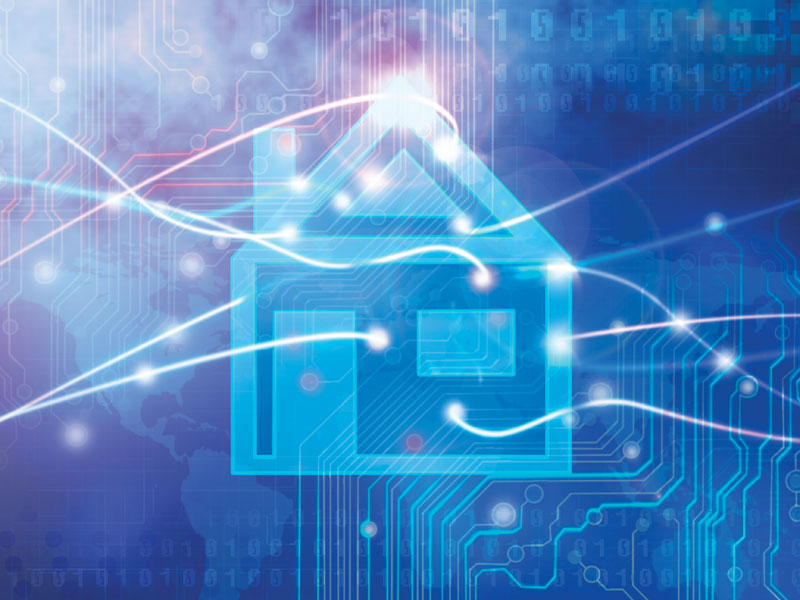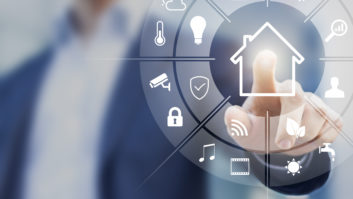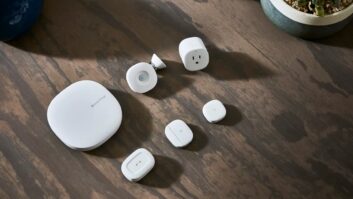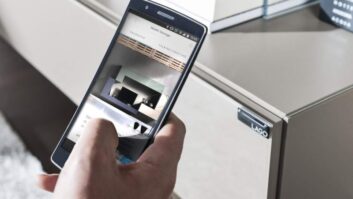
TWICE: What are the biggest challenges facing DIY home automation
Brad Hintze, C4: The biggest challenge is that a lot of home owners don’t want to do things themselves. Many DIY solutions out there are great products, but there are public reports of some of them falling short when it comes to reliability and actual ease of installation. You’ve probably noticed that a big chunk of Amazon and Google’s latest moves are into local professional services that include installation. Even Nest has brought on a network of installers. We think this can be attributed to public reports that indicate 67 percent of consumers still want new smart home technology to be professionally installed.
Nathan Smith, Wink: Perception. There are a lot of consumers out there who feel that the smart home is unaffordable, inaccessible or too complicated for them. We combat that by working to ensure our user interface is simple, fluid and consistent across the hundreds of Wink-compatible products. We also have a robust customer support team that’s available via phone, email, chat or social channels to answer any questions that come up.
Tom Kerber, Parks: Low awareness is still the largest obstacle facing the smart home services market. More than 60 percent of broadband households are not familiar with smart product or smart home services. It is challenging to sell a product or service when the majority of consumers are unaware that the category exists.
Cat Toomey, URC: DIY for home automation today is hampered by several challenges. Certainly, there is productive and vast growing awareness, but along with this has come escalating consumer confusion and dissatisfaction, just as it was in the older “smart home days” more than a decade ago.
Consumers are being inundated with all sorts of products from countless companies, many of which do not work together, and the installation process is more difficult than anticipated. The old “coffee table of remotes” has now transitioned into the “coffee table of mobile apps,” most of which do not work together and are cumbersome to open and use for DIY folks.
Additionally, consumers often find that the results of such systems are less robust than expected, something the custom channel knows well and easily predicted. The capability of newly adopted technology is quite weak compared to professionally installed systems, which means that expandability and overall compatibility is lacking for DIY types.
Because of the plethora of technologies available today, end consumers see themselves as being able to figure things out on their own; however, due to a lack of skill, technical knowledge and product compatibility, they may find themselves stuck. In the end, after considering research, time, price, functionality and future expandability, there will come the realization that “custom” is far better.
Joe Gerber, Insteon: The biggest is the fragmentation between devices and technologies. Insteon works with a number of partners like Apple HomeKit, Google Nest and Microsoft AllJoyn to ensure that our customers can use outside devices within their existing Insteon set-up, or use Insteon devices in an alternate set-up, but it’s still going to be a challenge for the industry to bring universal compatibility into the marketplace. The customer experience, when it comes to technology reliability and the user-interface, is also crucial as more and more non-technical individuals start buying connected-home products.
See more from this roundtable:













